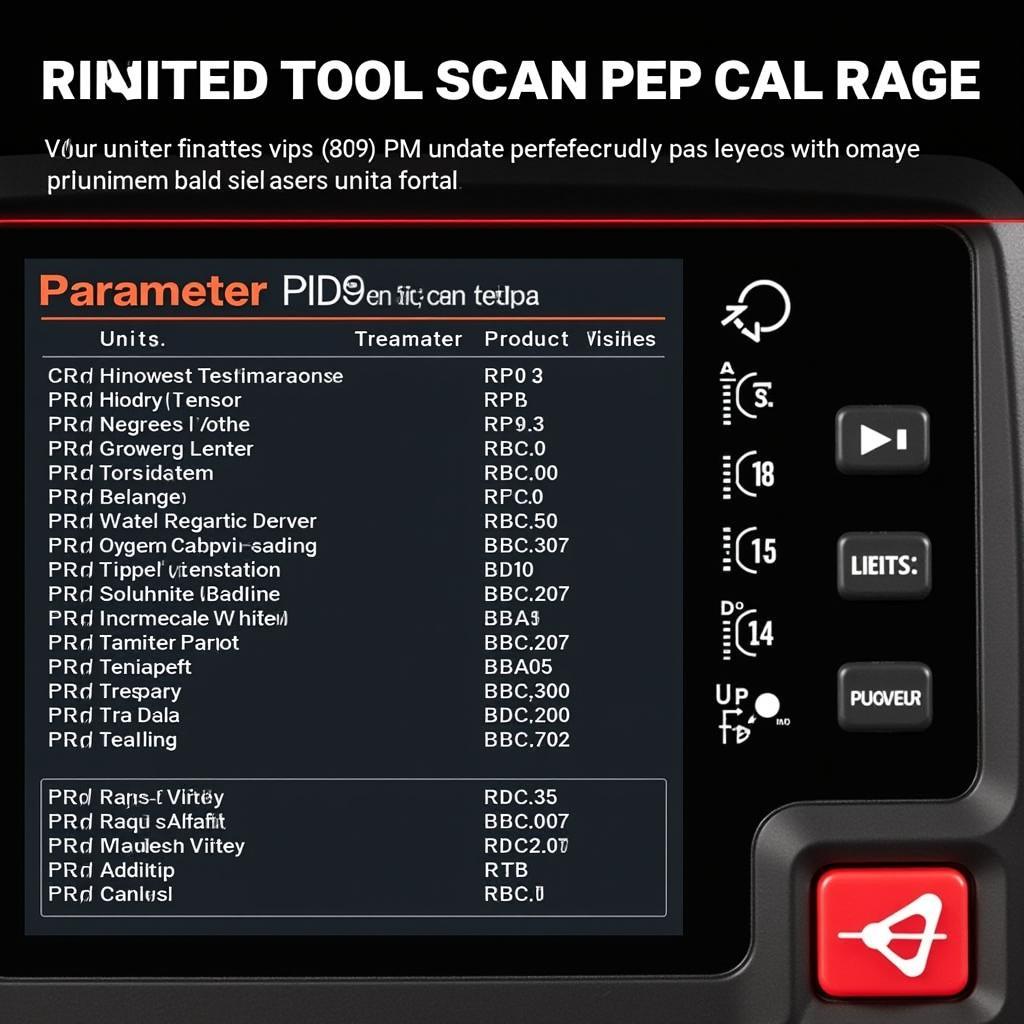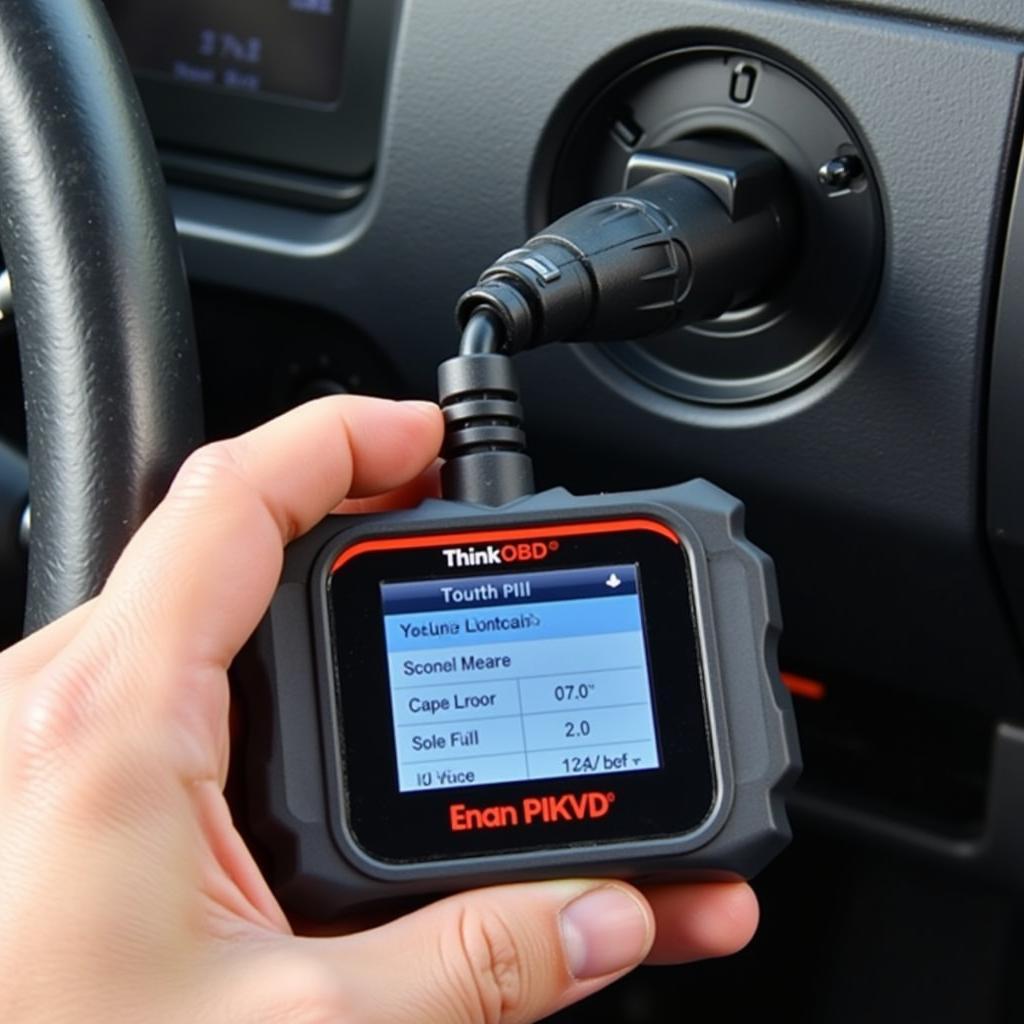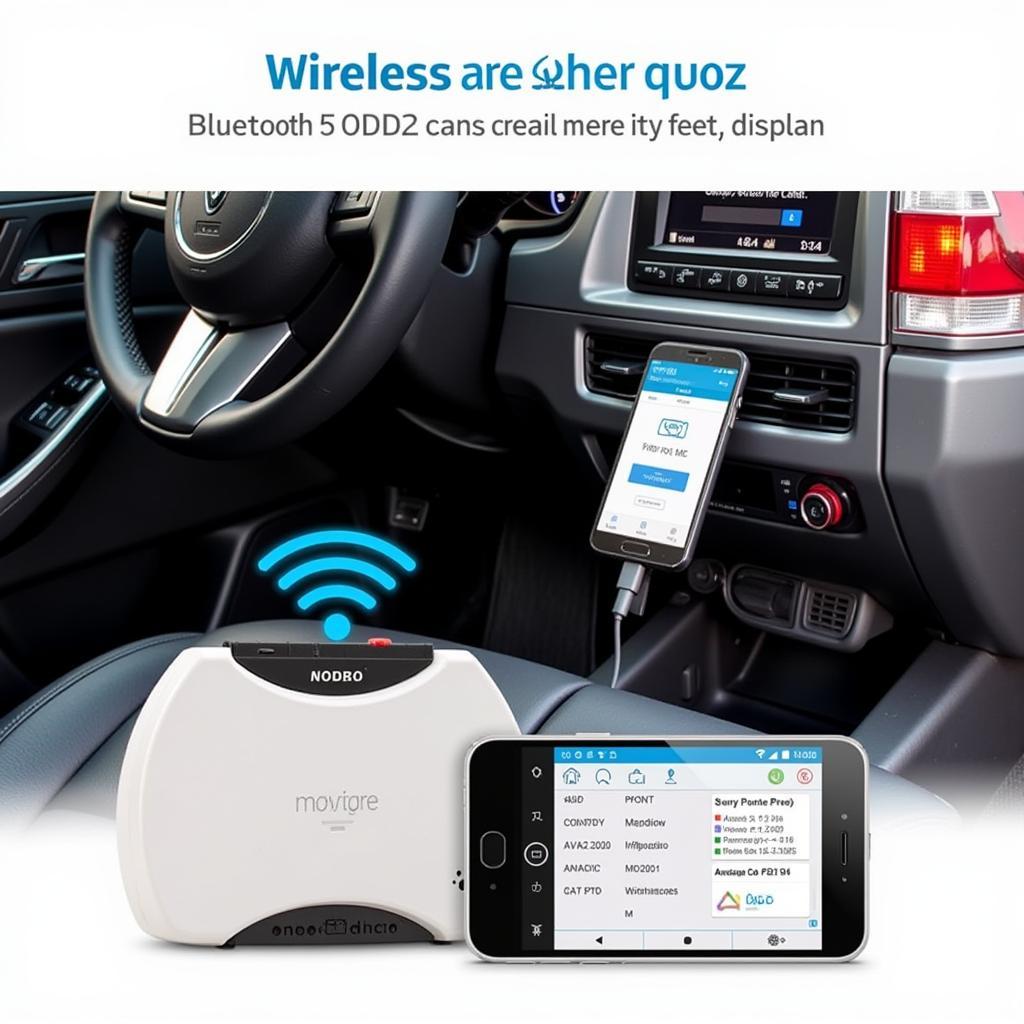Scan tool sensor values are the lifeblood of modern automotive diagnostics. These values, often referred to as Parameter IDs (PIDs), provide a crucial window into the inner workings of your vehicle’s various systems. Understanding these values is essential for both professional technicians and DIY car enthusiasts who want to effectively diagnose and repair automotive issues.
Understanding what scan tool sensor values are, how to interpret them, and how they relate to specific vehicle systems is fundamental for accurate diagnostics. Whether you’re a seasoned mechanic or a car owner looking to understand your vehicle better, this article will equip you with the knowledge you need to effectively utilize a scan tool. Like checking tps with scan tool, understanding sensor values is crucial.
Decoding the Language of Your Car: Parameter IDs (PIDs)
PIDs are standardized codes that represent specific data points collected by the vehicle’s sensors. These codes are defined by communication protocols like OBD-II (On-Board Diagnostics II). When you connect a scan tool, it requests these PIDs from the vehicle’s ECU (Electronic Control Unit), which then transmits the corresponding sensor values back to the scan tool for display. These values can represent anything from engine coolant temperature and oxygen sensor readings to throttle position and fuel pressure.
What are the common types of PIDs? Common PIDs include those related to engine performance, emissions, transmission, and ABS. Understanding these categories helps in narrowing down the source of a problem. Similar to how to read fuel mixture on a scan tool, interpreting PIDs is essential.
How to Interpret Scan Tool Sensor Values (PIDs)
Interpreting scan tool sensor values effectively requires understanding the units of measurement, normal operating ranges, and how different PIDs relate to each other. For example, a high coolant temperature reading might be related to a low coolant level, a faulty thermostat, or a malfunctioning cooling fan. Comparing different PIDs and considering the vehicle’s symptoms can help pinpoint the root cause of the issue.
Why is understanding units of measurement important? Units of measurement are essential for accurate interpretation. For instance, knowing whether a value is in degrees Celsius, Fahrenheit, or volts is crucial. To understand more about the importance of a good scan tool, check out obd scanner scan tool.
 Scan Tool PID Display
Scan Tool PID Display
Common Misconceptions about Scan Tool Sensor Values
One common misconception is that a single out-of-range sensor value always indicates a faulty sensor. In reality, a problematic sensor reading can be caused by a variety of factors, including wiring issues, vacuum leaks, or problems with other related components. A thorough diagnostic approach is essential to avoid unnecessary part replacements.
What if my scan tool shows an error code but the sensor values seem normal? Error codes provide clues, but sensor values provide the details. It’s crucial to investigate further even if sensor values appear normal at first glance. This is particularly relevant when using scan tool to read system lean.
Advanced Diagnostic Techniques using Scan Tool Sensor Values
Beyond simply reading static sensor values, advanced diagnostic techniques involve monitoring sensor values in real-time during specific driving conditions or system tests. This allows technicians to observe how the values change under load, helping to identify intermittent problems that might not be apparent during a static scan.
How can I effectively use real-time data for diagnostics? Real-time data analysis allows you to observe dynamic changes in sensor values, providing valuable insights into system behavior under different operating conditions. For those considering investing in scan tools for trading, have a look at stocks to trade scanning tool.
“Understanding the relationship between different PIDs is like putting together a puzzle. Each piece of data contributes to the bigger picture, helping you pinpoint the root cause of the problem,” says Michael Stevens, a seasoned automotive diagnostician with over 20 years of experience.
The Importance of Accurate Sensor Data
Accurate sensor data is paramount for effective diagnostics and repairs. Faulty or unreliable data can lead to misdiagnosis, unnecessary part replacements, and wasted time. Ensuring the integrity of your scan tool and its connections is crucial for obtaining reliable sensor values.
 Faulty Sensor Wiring
Faulty Sensor Wiring
“Always double-check your connections and consider the possibility of wiring issues before replacing a sensor based solely on a scan tool reading,” advises Sarah Chen, an automotive electrical systems specialist.
Conclusion: Mastering Scan Tool Sensor Values for Effective Diagnostics
Scan tool sensor values, known as Parameter IDs (PIDs), are indispensable for modern automotive diagnostics. Understanding these values, their units of measurement, normal operating ranges, and how they relate to each other empowers both professionals and DIYers to diagnose and repair vehicle issues efficiently. Contact ScanToolUS at +1 (641) 206-8880 or visit our office at 1615 S Laramie Ave, Cicero, IL 60804, USA for further assistance.



